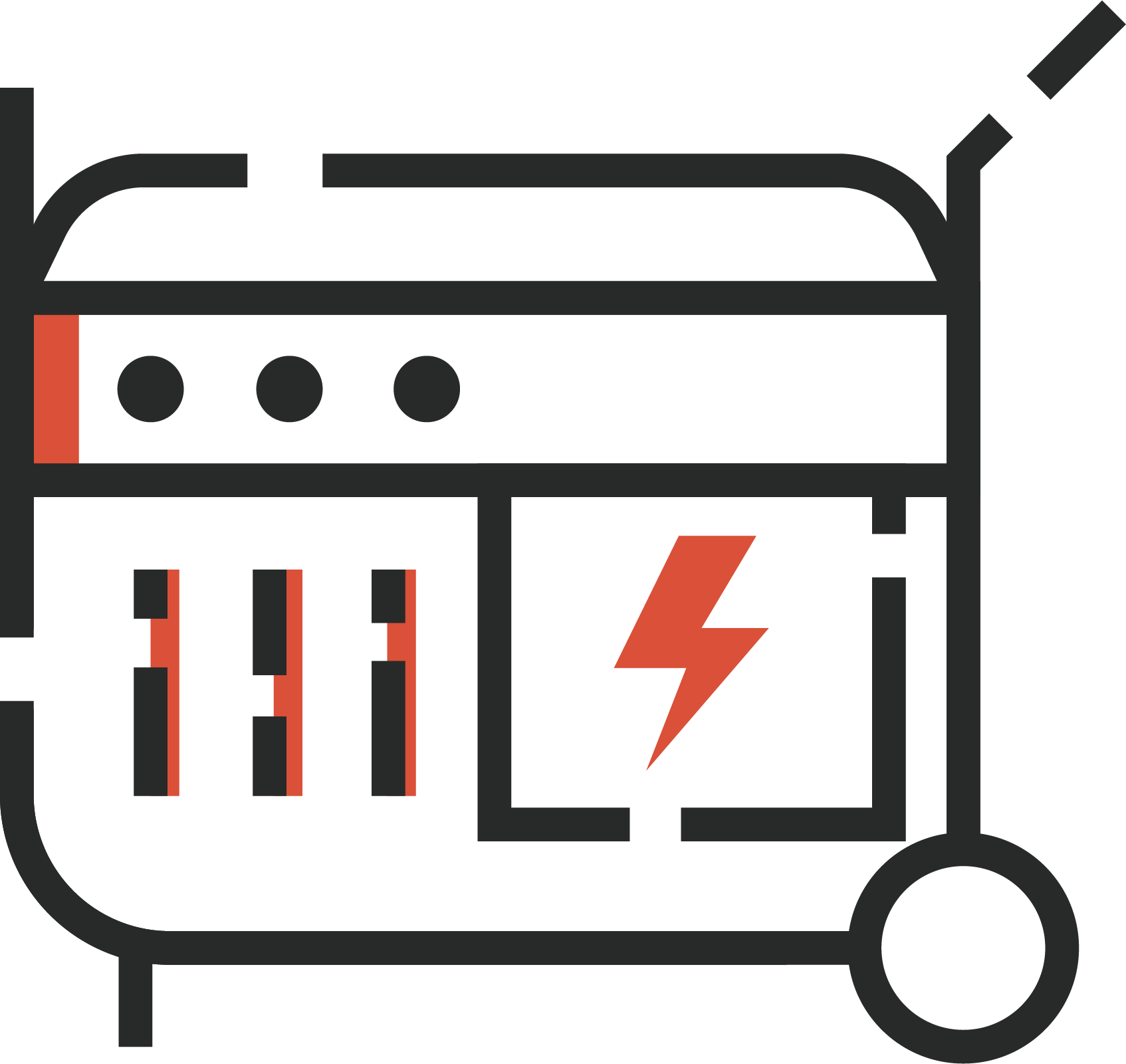Our latest study reveals which states rank at the bottom in protecting their residents from identity theft and fraud. We analyzed Consumer Sentinel data on the rise of identity theft and fraud in each state and major metropolitan areas, and then evaluated them using a composite score that’s weighted based on growth rates, dollars lost, relative monetary impact, consumer protections, and preventative measures in place.
Prepare today for peace of mind tomorrow.
Get occasional tips about keeping your family and home safe — delivered to your inbox.
Growth of Identity Theft
Batten analyzed states with the highest growth of identity theft per 100,000 people between 2018 and 2021. While many states made the bottom of the list, the worst were:
- Rhode Island (210% growth)
- Kansas (160% growth)
- Illinois (90% growth)
- Louisiana (80% growth)
- Colorado (70% growth)
The study also determined which states had the best identity theft protection by assessing the same growth rates since 2018. Those with low rates were doing their part to protect citizens’ identities. The percentages represent the growth of identity theft cases from 2018 to 2021. The following states had the lowest percentages:
- South Dakota (10.72%)
- New Hampshire (11.46%)
- Montana (11.73%)
- Michigan (13.74%)
- Washington (19.35%)
- Connecticut (20.08%)
- Alaska (20.92%)
Consumer Protections
The more common identity theft becomes, the more individual states will need to step up to manage fraud and identity theft cases. Some states are already taking action through legislation that protects those impacted by fraud. By looking at the availability of consumer protections, preventative measures, and legal provisions like victim restitution and provisions against spyware, the study broke down which states are the worst-equipped to protect their constituents from fraud.
The states taking the fewest steps to prevent fraud include:
- Idaho
- Maine
- South Dakota
- Vermont
- Ohio
- North Dakota
- Missouri
- Wisconsin
- Kentucky
These states were singled out for either providing no protections or provisions, or providing just one consumer protection, legal provision, or preventative measure against fraud.
Dollars Lost
When it comes to dollars lost due to fraud, some states were hurt more than others. The study compared the amount of money lost compared to income earned. The following states ranked at the bottom when it came to the percentage of income that victims of fraud lost:
- Nevada (3.45%)
- North Dakota (3.15%)
- California (3.14%)
- Vermont (2.99%)
- Wyoming (2.94%)
- Arizona (2.77%)
- Mississippi (2.67%)
- Florida (2.64%)
- Oregon (2.51%)
- Texas (2.50%)
Best Overall
When accounting for the whole composite ranking (weighted based on growth rates, dollars lost, relative monetary impact, consumer protections, and preventative measures), some states stood out for being the best overall at protecting their residents from fraud. These 10 states ranked highest:
- Arkansas
- Oklahoma
- Virginia
- California
- Texas
- Maryland
- Louisiana
- Montana
- Michigan
- Kentucky
During the pandemic, we saw that ID theft and fraud were accelerated and unfortunately, many Americans were taken advantage of,” said Jake Johnson, Chief Operating Officer and co-founder at Batten. “Our data suggests a few states took action when they became aware of what was happening, and they were well-equipped to handle it. However, a bulk of states were ill-prepared and their residents paid the price. That’s why it’s critical that each American takes protection in their own hands by taking preventative measures and investing in ID theft protection solutions, which in turn will protect their pockets.
Visit battensafe.com to read the full study.
Methodology
Using the FTC Consumer Sentinel data, Batten established the rate of fraud and identity theft by state (per 100,000). Batten dug deeper into the data to understand the financial magnitude of the reports by taking average household income into account. This provided a relative basis of the financial impact of these crimes. To add a qualitative layer to the study, Batten explored what states are doing to prevent, deter, and mitigate identity theft and fraud.
The qualitative components explored were:
- Consumer protections/recovery — restitution, forfeiture provisions, and passport programs (aiding those who have experienced identity crime)
- Preventative measures — data disposal laws in place for government entities and businesses
- Legal provisions — explicit laws and regulations against phishing, spyware, and ransomware
Scoring
The evenly weighted composite score included the data points below:
- Rank of identity theft reports per 100,000
- Rank of fraud reports per 100,000
- Rank of average loss per dollar earned (average consumer loss/average household income)
- Rank of qualitative measures (score out of 8) defined above

















